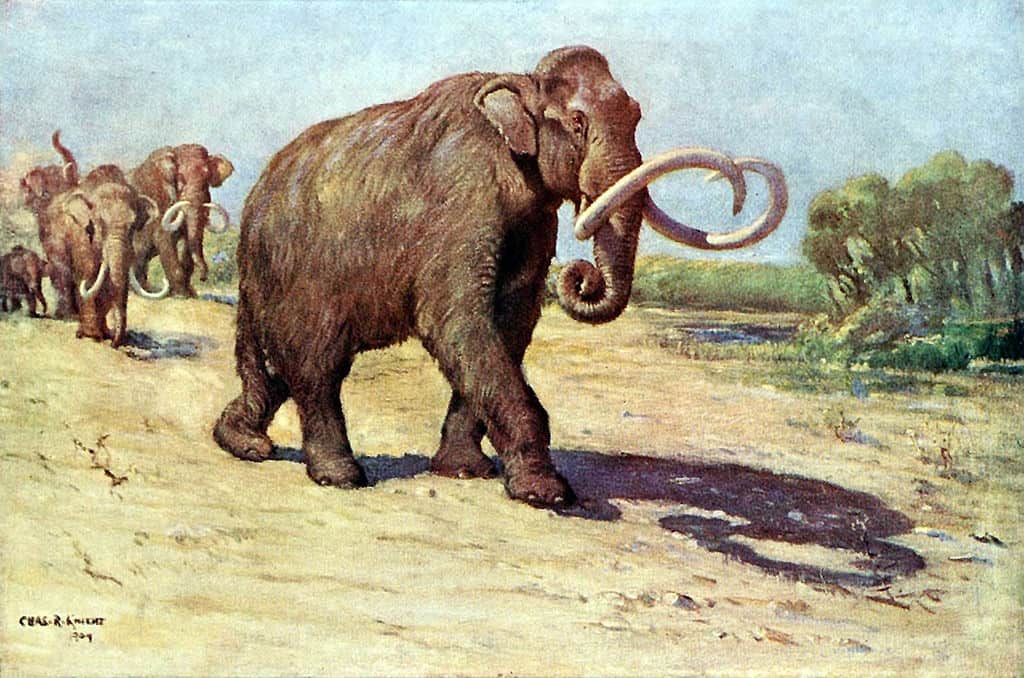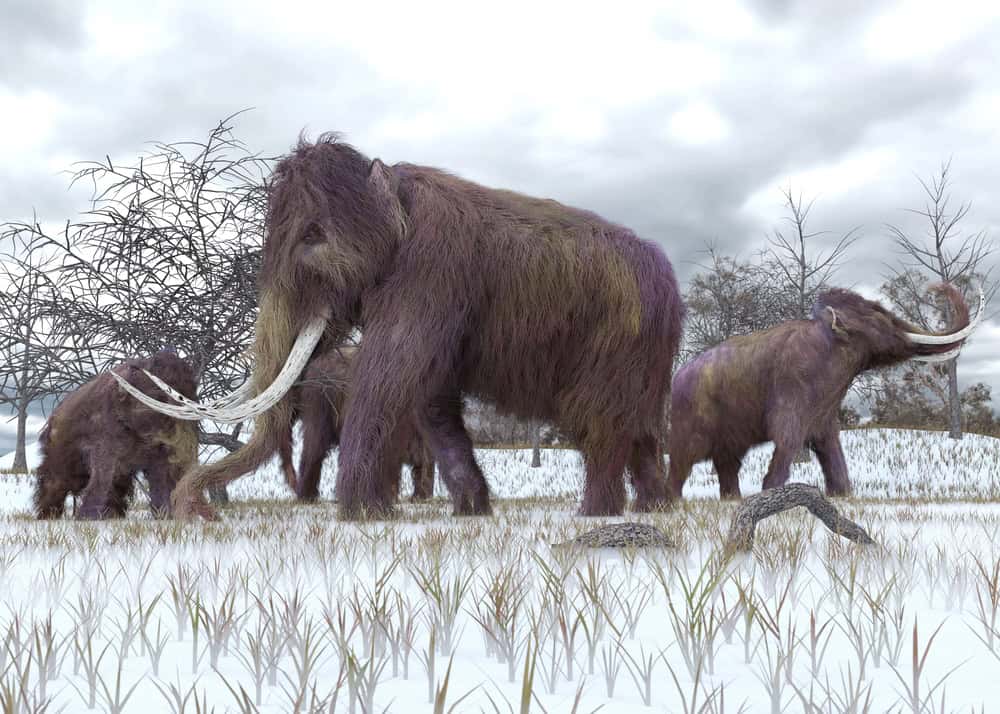About 4,000 years ago, the last known population of woolly mammoths lived in isolation on Wrangel Island, a remote Arctic refuge off Siberia’s coast. These majestic Ice Age creatures once roamed vast tundras, but as their habitats disappeared, Wrangel Island became their final sanctuary.
Genomic Insights into Survival

Recent research published in Cell has provided the most detailed genomic analysis yet of Wrangel Island’s mammoths. The study reveals that these mammoths, starting from a population of no more than eight individuals, managed to survive for over 6,000 years with stable numbers ranging between 200 and 300.
Adapting to a Changing World

Rising sea levels 10,000 years ago isolated Wrangel Island from mainland Siberia, confining the mammoths to a challenging Arctic environment. Despite limited resources and isolation, the population adapted efficiently, maintaining genetic diversity and weeding out harmful mutations over generations.
The Ice Age’s End: Climate Transformations

As the Ice Age concluded, the mammoths’ vast steppe tundra habitats transformed into wetter forests. While this confined them to northern Eurasia, the Wrangel Island mammoths managed to adapt to their shrinking environment, showing resilience in the face of significant ecological change.
The Absence of Human Impact

Unlike many other large mammal extinctions, human activity appears to have played no role in the demise of the Wrangel Island mammoths. Archaeological evidence indicates that humans arrived on the island 400 years after the mammoths disappeared, with no signs of interaction such as tools or fire hearths.
The Genetic Stability Surprise

Over 6,000 years of isolation, Wrangel Island’s mammoths defied expectations of genetic decline. Researchers found no significant increase in inbreeding or loss of genetic diversity, a rare phenomenon for such a small population.
The Role of Random Catastrophes

The study suggests that a sudden, external event likely caused the mammoths’ extinction. Potential culprits include an infectious disease brought by birds, environmental disasters like tundra fires or volcanic eruptions, or extreme weather that devastated food resources.
A Lesson in Vulnerability

Wrangel Island’s mammoths highlight the precarious balance small populations must maintain. While genetic adaptation allowed them to persist for millennia, random chance events—such as a single season of poor plant growth—could easily push a fragile population over the edge.
A Reminder for Conservation Today

The woolly mammoths’ story is a poignant reminder of the challenges faced by species on the brink of extinction. It underscores the importance of maintaining genetic diversity and safeguarding habitats while acknowledging the unpredictable role of chance in survival.
The tale of Wrangel Island’s mammoths is one of resilience, adaptation, and vulnerability—a reflection of nature’s delicate balance and the forces that continue to shape life on Earth.
Author at Animals Around The Globe. BSc Sociology
Linnea is a born and bred Swede but spends as much time as possible in Cape Town, South Africa. This is mainly due to Cape Town’s extraordinary scenery, wildlife, and atmosphere (in other words, because Cape Town is heaven on earth.) That being said, Sweden’s majestic forests forever hold a special place in her heart. Linnea spends as much time as she can close to the ocean collecting sea shells or in the park admiring puppies.
For any feedback please message Feedback@animalsaroundtheglobe.com